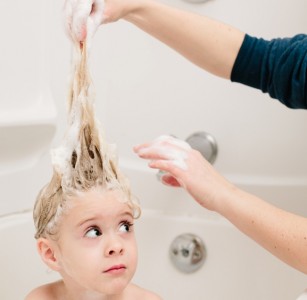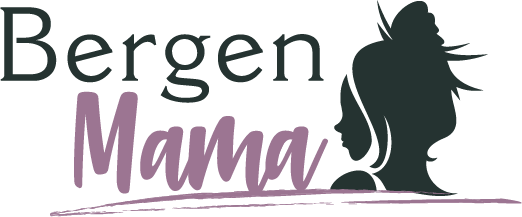 With all of the chaos that comes with back-to-school time, there’s one thing you’re hoping won’t rear its ugly head on your kid’s adorable head this year: Lice – those creepy crawlers who can live on a human scalp for up to a month, selfishly sucking blood the whole time. And if you thought lice were a pain in the neck before, wait until you meet “super lice” – all of the things you hate about lice, with one bonus feature: They’re much harder to kill. (Cue the collective ugh.)
With all of the chaos that comes with back-to-school time, there’s one thing you’re hoping won’t rear its ugly head on your kid’s adorable head this year: Lice – those creepy crawlers who can live on a human scalp for up to a month, selfishly sucking blood the whole time. And if you thought lice were a pain in the neck before, wait until you meet “super lice” – all of the things you hate about lice, with one bonus feature: They’re much harder to kill. (Cue the collective ugh.)
“They’re being called ‘super lice’ for being resistant to most over-the-counter chemical treatments,” says Risa Barash, founder and CEO of Fairy Tales Hair Care, which makes all-natural kids’ hair products and insect repellants. Turns out the dreaded little guys have developed a resistance to the active ingredients in pyrethroids, a class of insecticides found in most over-the-counter lice treatment products. And that’s kind of a problem, considering that there are between 6 and 12 million infestations annually among 3-to-11-year-olds, according to the Centers for Disease Control and Prevention. Some good news: “There are other natural solutions to remove and prevent head lice,” says Barash (who’s also been dubbed the “Lice Lady,” so clearly she knows her stuff).
But before we get to ways to solve the problem, how do you figure out if your kid has head lice in the first place? Common symptoms including itching, irritation, and small red bumps. And don’t think because you’re a stickler for making sure your kids wash their hair every day that those blood-sucking stinkers (which are grayish-brown, six-legged insects about the size of a sesame seed) are going to cut you a break. “They like clean hair, not dirty, as it’s easier to attach to an uncoated hair shaft,” Barash explains. “The best way to check for lice is combing through your child’s hair, section by section, using a metal nit-picking comb.”
OK, so what do you do if you discover that – eek! – your son or daughter does have lice? First of all, don’t panic! Remember, lice are annoying and a little uncomfortable, but they’re not dangerous. Since most of the traditional topical pesticide products are no longer proven effective to kill the latest strain of super lice, you might be wondering about the old trick of slathering on mayonnaise or olive oil to suffocate the suckers. “Although these ingredients will eventually smother a live bug – it will not ever remove nits,” adds Barash, “which are the trickiest part when it comes to dealing with lice.”
Barash recommends sticking with an all-natural treatment like her company’s Fairy Tales Lice Good-Bye Kit, which can eliminate the lice (the parasites that live and feed on the scalp) and the nits (the lice eggs found 1/2 to 1/4 inch from the scalp). The biodegradable solution, derived from yeast strains, slows down the bugs and dissolves the sticky and strong nit glue that attaches the eggs to the hair shaft. Just make sure to focus on combing the stuff on the hot-spots, behind the ears, on the back of the neck, and at part lines.
Once you’ve treated your child, follow the Lice Lady’s simple steps to make sure you’ve gotten rid of any and all trace of the uninvited bugs.
1. Do a thorough head check on everybody else in the house, including parents, who (sorry) can get lice too.
2. Wash all bedding in hot water and dry it on the hottest setting.
3. Gather your child’s stuffed animals and blankies, along with recently worn clothing including hats and jackets and either wash and dry all of it on the hottest setting or place it in sealed bags for 48 hours. The items will be safe to use after that since lice can’t survive off the head for more than 36 hours.
4. Vacuum, vacuum, vacuum! And in addition to carpets and flooring, don’t forget couches and car seats too.
5. Replace all combs and brushes in the house or soak them in hot water. Hair ties and headbands should also be washed or bagged for 48 hours.
To help prevent future outbreaks (because who wants to go through all that again?), recheck your child regularly and use prevention sprays every day, not just on hair but on backpacks and inside hats and hoodies, too. You can also try organic herbs such as rosemary, tea tree, citronella and lavender, which can help repel head lice.
Finally, remind your kids not to share stuff like hats, helmets, brushes, or hair ties and make sure they use their own sleeping bags and pillows during sleepovers. As for preventing the sugar high and up-all-night giggling girls, you’re on your own.





